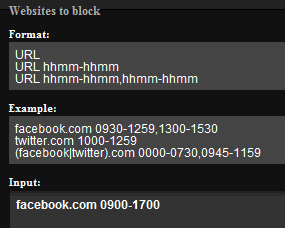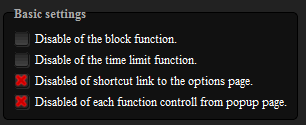
The Google+ team, facing strong demand for the new social-networking service, has expansion on its mind.
Google briefly let Google+ users invite new members last night in a plan to double the social network's population. And Google has begun detailing its plans for letting business users, not just individuals, use the service starting later this year.
Google has been limiting the individual sign-up rate, leading to frustration among many who want to get in. But Dave Besbris, the Google+ engineering director, said last night it was time for another growth spurt.
"Things are going well with the systems right now so we feel comfortable enough to open up invites for a brief period. Our goal is to double the user base in the field trial from its initial group," he said in a Google+ post.
Apparently the moment was indeed fleeting, because I couldn't find an invitation mechanism by the time I woke up here in England. That means Lutz Beyer's amusing cartoon about Google+ exclusivity remains relevant.
Google had opened invitations briefly last week, shortly after the mostly-closed beta test began. I've had success getting quite a few people in by a somewhat circuitous Google+ invitation route that involves sharing a Google+ post by e-mail with their Gmail addresses.
It's been an irregular process: some people told me they never got an invitation, and sometimes the message took days to arrive. And because Google throttles the sign-up rate, many of those I've invited had to check back several times before they happened to click when the window was open.
In a comment, Besbris apologized for the sporadic availability.
"We are also ensuring, as we grow, things keep working well, so occasionally we may have to pause/slow down/speed up the signup rate to keep the service smooth and fast. The combo can make it seem unpredictable," he said. "I'm sorry [about] that and thanks for your patience."
An official invitation clearly would be a far better way to handle this than the e-mail technique. Google, though, is proceeding cautiously.
"I wanted to take a moment to explain why we're growing the system slowly," Besbris said. "First, we want to make sure our infrastructure scales so the service remains fast and reliable. Second, we want to ensure that bugs are fixed while there are still a relatively few people in the field trial."
Google has made a couple tweaks--shutting down the ability to publicly share an initially private post last week, for one thing. Another change came yesterday involving profile pictures. "Changing your public profile picture or scrapbook photos will no longer generate a public post to the stream, just to the people you have in your circles. So only people in your circles will engage in discussions about the photos you post," Google+ product manager Shimrit Ben-Yair said in a Google+ post.









